Introduction
In the realm of culinary delights, stir-fries stand as a testament to the harmony of flavors, textures, and colors that can be achieved through the art of cooking. Among the myriad of stir-fry dishes, the tri-colored shrimp stir-fry (often abbreviated as TCS stir-fry) shines brightly, capturing the essence of a well-balanced meal. This dish, characterized by its vibrant hues derived from an assortment of vegetables and succulent shrimp, is not only a feast for the eyes but also a treat for the palate. It embodies the essence of Asian cuisine, where simplicity meets sophistication, and where fresh ingredients are elevated to new heights through meticulous preparation and skillful cooking.
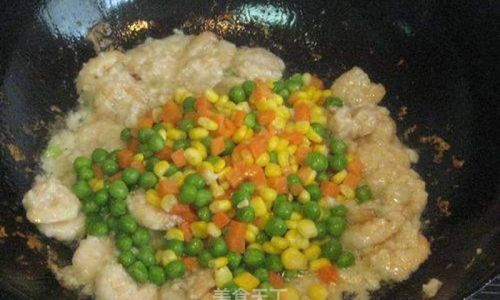
In this comprehensive guide, we will delve into the intricacies of making a perfect tri-colored shrimp stir-fry. From selecting the right ingredients to mastering the cooking technique, every step will be meticulously explained to ensure that you can recreate this dish in your own kitchen with ease and confidence. By the end of this article, you will not only understand the basics but also possess the knowledge to elevate your TCS stir-fry to gourmet status.
Section 1: Ingredient Selection
The success of any dish begins with the quality of its ingredients. In the case of the tri-colored shrimp stir-fry, the choice of shrimp, vegetables, and seasonings is crucial.
1 Shrimp
- Type: Opt for medium to large-sized shrimp for this dish. The ideal choice would be fresh, headless, and peeled shrimp with the tails left on for a presentation that is both elegant and easy to eat. If fresh shrimp is unavailable, frozen shrimp that has been thawed properly can also be used.
- Quality: Ensure that the shrimp are firm to the touch, have a slightly sweet smell, and are free from any slimy residue. Avoid shrimp that have a strong fishy odor or appear discolored.
2 Vegetables
- Red Bell Pepper: Choose firm, brightly colored red bell peppers with smooth, glossy skin. Avoid peppers that have wrinkles, soft spots, or discoloration.
- Green Bell Pepper: Similarly, select firm, vibrant green bell peppers. The color should be even, and the pepper should feel heavy for its size.
- Snow Peas: Look for snow peas that are crisp, bright green, and have no signs of wilting or yellowing. The pods should be straight and firm, with no soft spots.
- Carrots: Opt for carrots that are firm, smooth, and brightly colored. Avoid carrots that have cracks, soft spots, or are overly large, as they may be fibrous.
3 Aromatics and Seasonings
- Garlic: Fresh garlic cloves, peeled and minced, add a delightful aroma and flavor to the dish.
- Ginger: A small piece of fresh ginger, peeled and finely chopped, provides a subtle heat and depth of flavor.
- Oyster Sauce: A key ingredient that adds a savory, umami-rich flavor to the stir-fry.
- Soy Sauce: Use a high-quality soy sauce for the best flavor. Light soy sauce is preferable to avoid overpowering the dish.
- Sesame Oil: A drizzle of sesame oil at the end enhances the aroma and adds a nutty flavor.
- Cornstarch: Used to thicken the sauce slightly, ensuring that the shrimp and vegetables are well-coated.
- Salt and Pepper: To taste, for seasoning.
Section 2: Preparation

Proper preparation is the cornerstone of any successful stir-fry. This involves not only slicing and dicing the ingredients but also ensuring that they are ready to cook in the most efficient manner.
1 Shrimp Preparation
- Cleaning: Rinse the shrimp under cold running water and pat them dry using paper towels. Remove any veins running along the back of the shrimp using a sharp knife.
- Marinating: In a bowl, combine the shrimp with a pinch of salt, a dash of pepper, and a teaspoon of cornstarch. Mix well to coat the shrimp evenly. This helps to firm up the shrimp and ensure that they retain their juices during cooking. Let the shrimp marinate for at least 15 minutes.
2 Vegetable Preparation
- Bell Peppers: Cut the bell peppers into thin strips, approximately 1/4 inch wide. This ensures that they cook evenly and maintain their crunch.
- Snow Peas: Trim the ends of the snow peas and remove any strings along the sides.
- Carrots: Peel the carrots and slice them into thin matchsticks. Alternatively, you can use a vegetable peeler to create thin carrot ribbons.
3 Aromatics and Sauce Preparation
- Garlic and Ginger: Mince the garlic and ginger finely. This ensures that their flavors are evenly distributed throughout the dish.
- Sauce Mixture: In a small bowl, combine 2 tablespoons of oyster sauce, 1 tablespoon of soy sauce, 1/2 teaspoon of cornstarch, and 2 tablespoons of water. Mix well to create a smooth, slightly thickened sauce.
Section 3: Cooking Technique
The cooking process for a tri-colored shrimp stir-fry is a delicate balance of high heat, quick cooking, and precise timing. Here’s a step-by-step guide to achieving perfection.
1 Heating the Pan
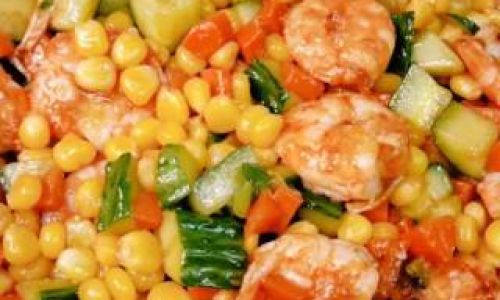
- Preheat a large wok or skillet over high heat until it is very hot. Add a tablespoon of vegetable oil and swirl it around to coat the bottom of the pan evenly.
2 Stir-Frying the Aromatics
- Once the oil is hot and slightly smoking, add the minced garlic and ginger. Stir-fry for about 10 seconds until fragrant but not burnt. This step is crucial for developing the foundational flavors of the dish.
3 Cooking the Vegetables
- Add the carrots to the pan and stir-fry for about 1 minute. The high heat will help to sear the outside of the carrots, giving them a slightly caramelized flavor.
- Next, add the bell peppers and snow peas. Stir-fry for another 2-3 minutes, until the vegetables are tender-crisp. The key is to cook them until they are just cooked through but still retain their bright colors and crunch.
4 Adding the Shrimp
- Push the vegetables to the side of the pan and add another tablespoon of oil if needed. Add the marinated shrimp in a single layer, ensuring they are not overcrowded. Stir-fry for about 2 minutes on each side, until they turn pink and opaque.
5 Adding the Sauce
- Pour the prepared sauce mixture over the shrimp and vegetables. Stir well to combine and coat everything evenly. Cook for another 1-2 minutes, until the sauce has thickened slightly and everything is heated through.
6 Finishing Touches
- Off the heat, drizzle a teaspoon of sesame oil over the stir-fry. This adds a delightful aroma and a hint of nutty flavor.
- Taste and adjust the seasoning with additional salt and pepper if needed.
Section 4: Serving and Presentation
The presentation of a dish can elevate it from good to great. Here are some tips for serving your tri-colored shrimp stir-fry.
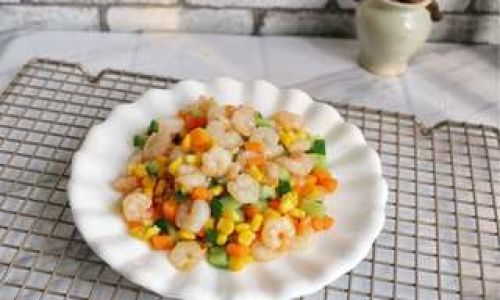
1 Plating
- Arrange the stir-fry on a warm serving plate, ensuring that the shrimp and vegetables are evenly distributed. The vibrant colors should be visible, creating an inviting and appetizing appearance.
2 Garnishing
- A sprinkle of chopped fresh herbs, such as cilantro or parsley, can add a fresh, bright flavor and enhance the presentation.
- A drizzle of extra sesame oil or a sprinkle of toasted sesame seeds can also be used for added flavor and texture.
3 Accompaniments
- Serve the tri-colored shrimp stir-fry with steamed rice or jasmine rice for a complete meal. The rice will absorb the delicious sauce, making every bite even more satisfying.
- Alternatively, you can serve it with a side of noodles or stir-fried vegetables for a more substantial dish.
Conclusion
The tri-colored shrimp stir-fry is a dish that combines the beauty of fresh ingredients with the art of stir-frying. By following the steps outlined in this guide, you can create a dish that is not only visually stunning but also bursting with flavor. The key to success lies in the careful selection of ingredients, meticulous preparation, and precise cooking techniques. With practice, you will soon master the art of making this delightful dish and impress your family and friends with your culinary prowess.
Remember, cooking is an art form that requires patience, practice, and a love for food. Enjoy the process of creating your tri-colored shrimp stir-fry and let the flavors guide you to culinary excellence. Happy cooking!
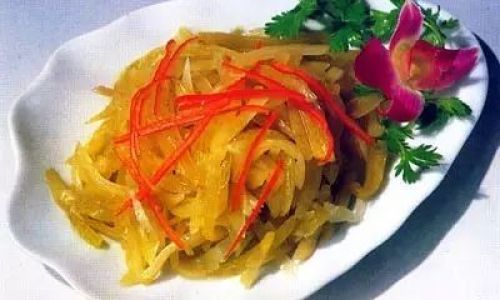
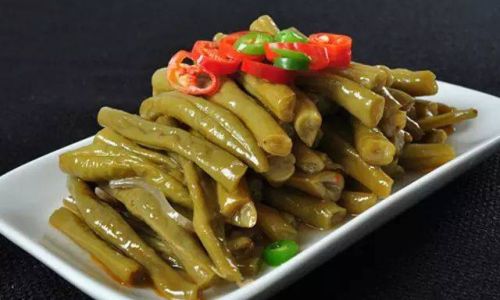
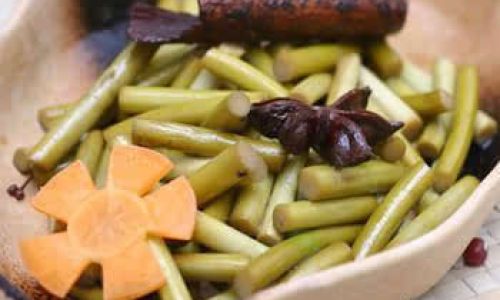
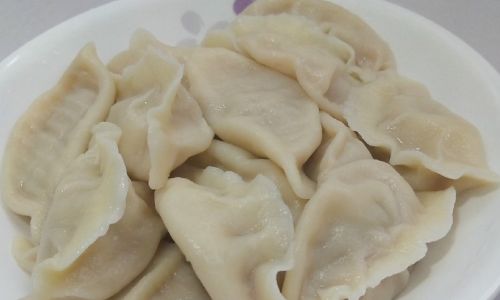
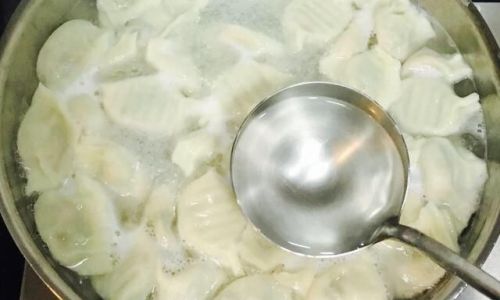

0 comments